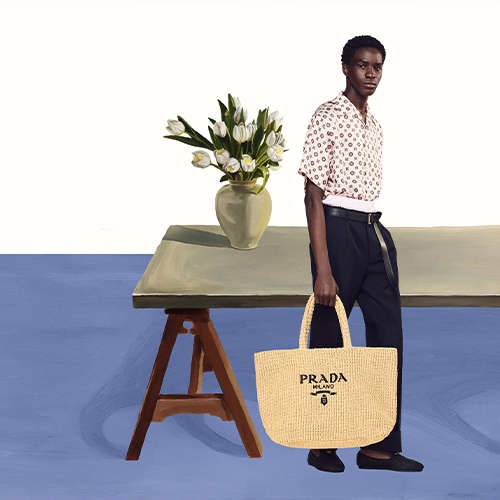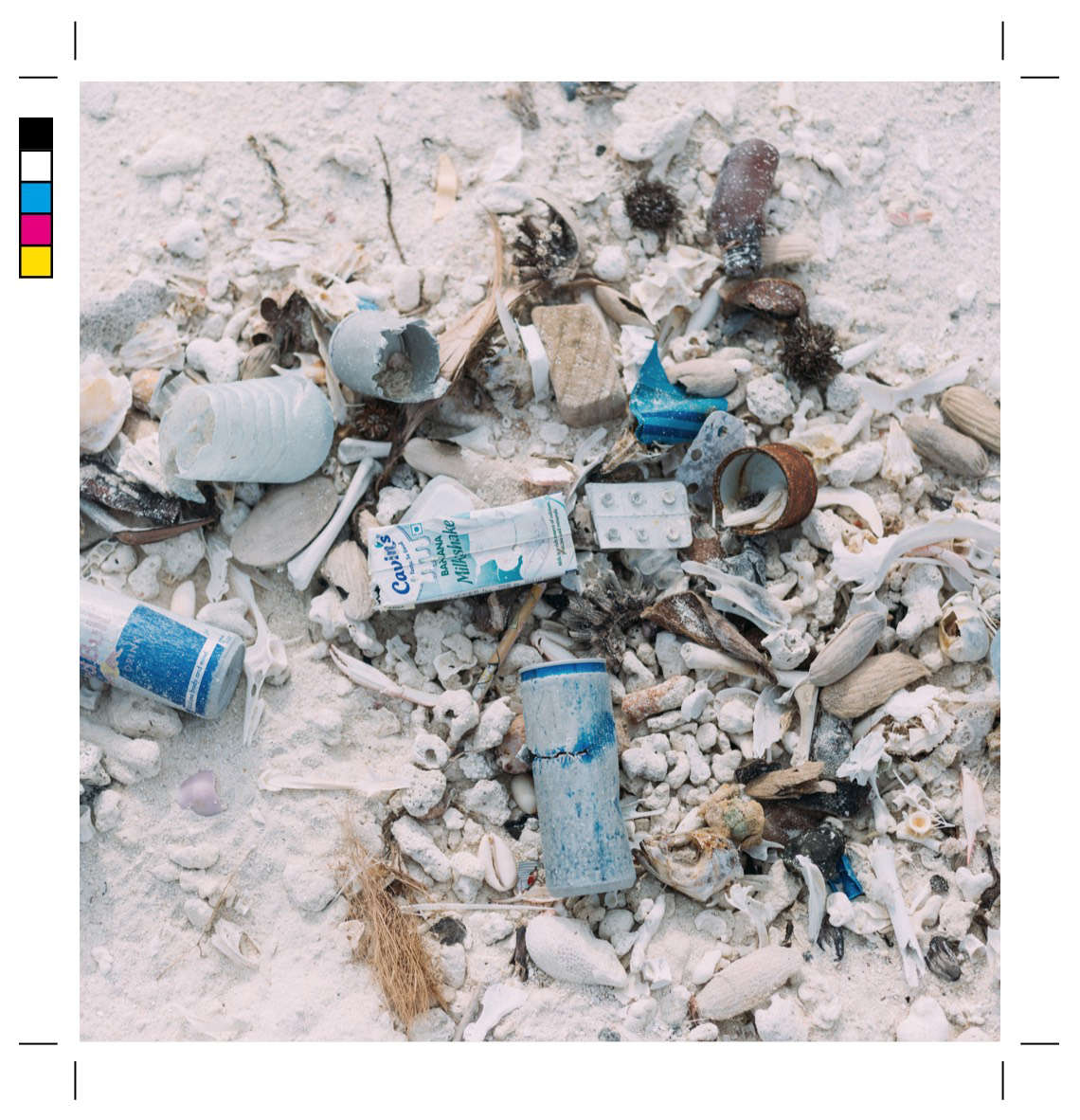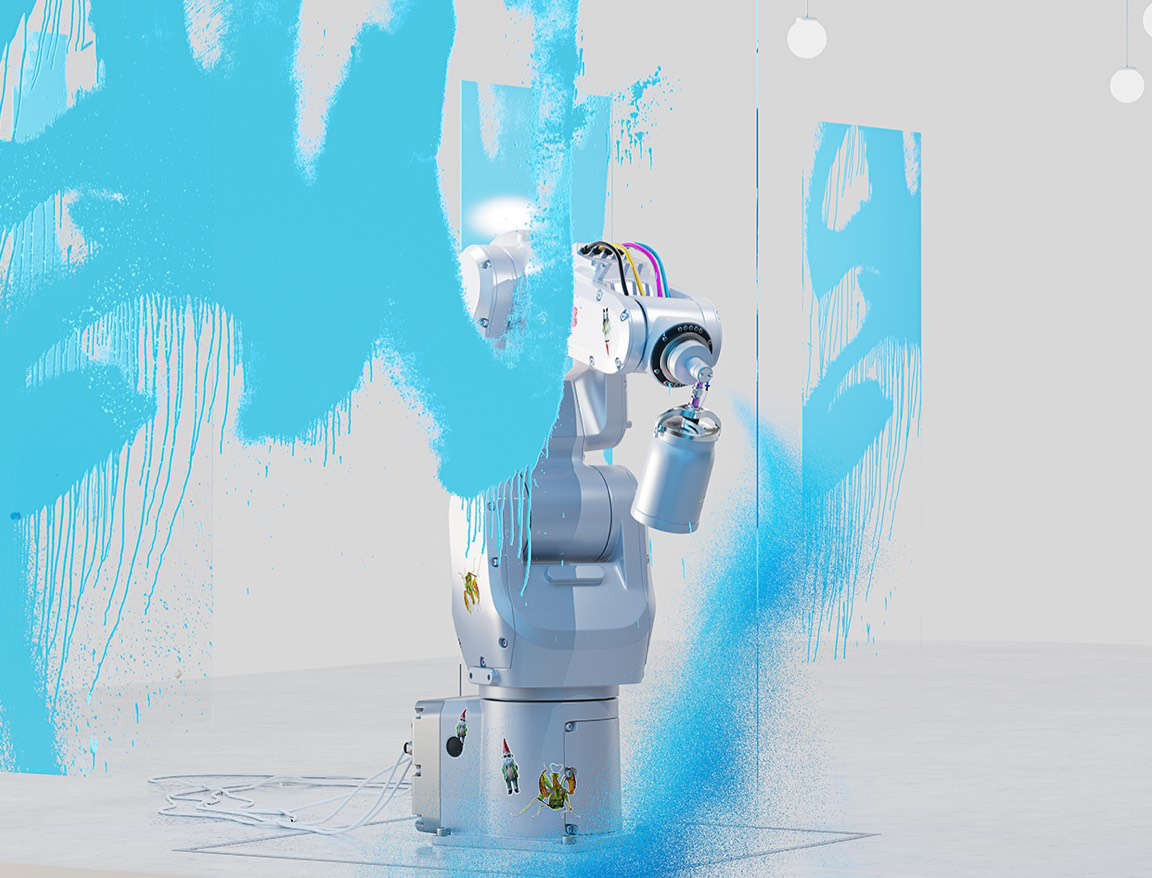- Australia / AUD $
- Canada / CAD $
- China / CNY ¥
- France / EUR €
- Germany / EUR €
- Hong Kong SAR China / HKD $
- Ireland / EUR €
- Italy / EUR €
- Japan / YEN ¥
- Kuwait / USD $
- Macao SAR China / HKD $
- Netherlands / EUR €
- Qatar / USD $
- Saudi Arabia / USD $
- Singapore / SGD $
- South Korea / KRW ₩
- Spain / EUR €
- Taiwan / TWD $
- United Arab Emirates / USD $
- United Kingdom / GBP £
- United States / USD $
- Not yours? Read more
Tell us what you think
Shop in your local currency and language
You are currently in Kuwait KW / USD $ store
- English
- English
- English
- English
- English
- English
- English
- English
- English
- English
- English
- English
- English
- English
- English
- English
- English
- English
- English
- English
- English
Did you know that we deliver to 130 countries or regions and offer a range of delivery options to suit you wherever you are in the world? Find out more
Sign up once to our Selfridges+ service and you can enjoy unlimited deliveries wherever you are in the world. FIND OUT MORE
International delivery
With almost everything on selfridges.com available for International Delivery, you can send your order to 130 countries or regions around the world, including North America, Australia, the Middle East and China.
Although we only offer 20 currencies to browse in online, you can still deliver to all of the following countries or regions:
- Algeria
- Andorra
- Antigua and Barbuda
- Aruba
- Australia
- Austria
- Azerbaijan
- Bahrain
- Bangladesh
- Barbados
- Belarus
- Belgium
- Belize
- Bermuda
- Bolivia
- Botswana
- Brunei
- Bulgaria
- Cambodia
- Canada
- Cayman Islands
- Chile
- China
- Colombia
- Costa Rica
- Croatia
- Cyprus
- Czech Republic
- Denmark
- Dominica
- Dominican Republic
- Ecuador
- Egypt
- El Salvador
- Estonia
- Finland
- France
- French Guiana
- Germany
- Gibraltar
- Greece
- Grenada
- Guadeloupe
- Guatemala
- Guernsey
- Guyana
- Honduras
- Hong Kong
- Hungary
- Iceland
- India
- Indonesia
- Ireland
- Israel
- Italy
- Jamaica
- Japan
- Jersey
- Jordan
- Kazakhstan
- Kenya
- Kuwait
- Laos
- Latvia
- Lebanon
- Lesotho
- Liechtenstein
- Lithuania
- Luxembourg
- Macau
- Malaysia
- Maldives
- Malta
- Martinique
- Mayotte
- Mexico
- Monaco
- Montserrat
- Morocco
- Myanmar
- Namibia
- Netherlands
- New Zealand
- Nicaragua
- Nigeria
- Norway
- Oman
- Pakistan
- Panama
- Paraguay
- Peru
- Philippines
- Poland
- Portugal
- Puerto Rico
- Qatar
- Reunion
- Romania
- Rwanda
- Saint Kitts and Nevis
- Saint Lucia
- Saint Martin (French part)
- San Marino
- Saudi Arabia
- Serbia
- Singapore
- Slovakia
- Slovenia
- South Africa
- South Korea
- Spain
- Sri Lanka
- Suriname
- Swaziland
- Sweden
- Switzerland
- Taiwan
- Tanzania
- Thailand
- Trinidad and Tobago
- Turkey
- Uganda
- Ukraine
- United Arab Emirates
- United Kingdom
- United States
- Uruguay
- Venezuela
- Vietnam
As part of SUPERFUTURES, in which we’re exploring possible futures, we chatted to Cyrill Gutsch, CEO and Founder of environmental organisation Parley for the Oceans. As the lead collaborator in SUPERMARKET at The Corner Shop at Selfridges London, Parley has installed its Parley Blueprint Module 3D printer in the space, where it will be creating on-demand furniture and objects from marine plastic debris. Here, we discuss Cyrill’s journey to launching Parley and its Clean Waves eyewear brand, how we can all help to save the ocean and his plans for the future.

IN COVERSATION WITH CYRILL GUTSCH
What do the Parley Blueprint Module machines do?
It’s a 3D-printing machine transforming problems into solutions by turning plastic debris into useful objects. It represents the idea that creativity and collaboration can end marine plastic pollution and create a better future, a world where we protect the oceans and make Earth liveable for humans.
How does plastic get into the ocean?
When we use plastic items and throw them away, they just go somewhere else on this interconnected planet. Over 10 million metric tons of plastic waste enter the oceans every year! The oceans are always downhill and downstream, and plastic never biodegrades; it lasts forever.
How can you turn plastic from the ocean into furniture?
Through eco-innovation, collaboration, and upcycling, intercepted marine plastic debris is sorted, cleaned, and processed on site to create 3D-printed Parley Ocean Plastic® furniture, objects and building structures which then can support local communities and schools.
When and why did protecting the planet become important to you?
I grew up in the Black Forest in Germany so being by the sea was a very rare occasion. I fell in love with the ocean when I was seven years old. The ocean made me realise there was a bigger power; it humbled me and gave me a lot of energy.
Why did you launch Parley for the Oceans?
In 2012 I learnt that this massive force that I loved was under threat, so I called my partner in New York and said, “We need to stop being just a design firm, we need to protect the sea.” That year, we launched Parley for the Oceans – an environmental organisation that is all about creativity, eco-innovation and collaboration.
What is Parley’s mission?
To empower and inspire. You only need 7% of society to come together to change the world. That 7% consists of the creators, the scientists, the people who are redefining the reality we live in.
What is Parley working on at the moment?
We focus on three different crises: plastic, climate and fishing. Plastic is the poster girl (or boy) for all these big environmental issues and an invitation for citizens to join the movement because it’s relevant to everyone.
What is the problem with plastics?
Plastic is a design failure because it creates too much harm. We have to invent new materials, and while we are doing so we must stop making new plastic and circulate what we already have to satisfy our addiction to the material.
What other brands or organisations do you admire?
At Parley, we work with more than 1,000 amazing environmental organisations and have a big collaboration network. I really admire the small underfunded local groups – these are the people who we like to help and collaborate with the most.
“At Parley, we are futurists more than environmentalists because we must imagine a future where mankind and the natural world can live in harmony.”
Which communities have inspired you during your sustainability journey?
The art world, the fashion world, the sports world, the material scientists, the space community, and, of course, the ocean community.
Who’s your environmental hero?
Dr Sylvia Earle – she’s a marine biologist and was the first woman to touch the seabed at an enormous depth. She is a phenomenal thinker, a wonderful person, and a very strong voice for the oceans. If God had a voice, it would be hers. Then there’s Paul Watson, of Sea Shepherd [Conservation Society], who is a Co-Founder of Greenpeace – he risks his own life to protect fish.
What is Clean Waves?
Clean Waves is our eyewear brand, but it’s also a creative fundraising platform and an experiment for us to question the old idea of luxury. One hundred per cent of the proceeds fund the protection of the oceans and there’s even a GPS coordinate on each pair of sunglasses that tells customers the exact location of where the money is going – it’s completely transparent.
What’s the process for turning ocean plastic into Clean Waves sunglasses?
Clean Waves sunglasses are made from a combination of fishing nets and ropes. First, we intercept the plastic on the beaches and underwater, often dragging fishing nets or cleaning up full strips of sand. The plastic is then sorted into different types, washed and melted down to create sunglasses.
Where is the plastic waste sourced?
We have a strong focus on remote islands and coastal communities, as they are at the front line of the battle in the destruction of the oceans. At Clean Waves, we are currently working with the communities in the Maldives in the Indian Ocean, but technically we are operating in all seven oceans.
How would you describe the aesthetic and feel of the Clean Waves eyewear collection?
It took us a long time to get a sleek, luxurious and premium feel when working with recycled nylon, but we didn’t want to [launch] with a compromise – if we’re going out with a product, it had to be amazing! We have since mastered the process of turning fishing nets into eyewear, and the product is at a standard of quality that really excites me.
“At Clean Waves, we are currently working with communities in the Maldives… I am deeply in love with the Maldives – it’s a beautiful country with an amazing underwater world.”
Who has Clean Waves collaborated with?
We’ve collaborated with the best designers, photographers, artists and scientists to bring this to life. We recently worked with the music artist M.I.A. – she keeps her integrity by not working with many brands and you can hardly recognise her without eyewear. She is the definition of sunglasses! Together, we developed a fantastic launch collection with interchangeable lenses, which means that one frame can turn into three designs.
Who do you envisage wearing the Clean Waves eyewear collection?
Artists, musicians, designers, rebels, activists and nerds – the people that want to change the world!
Tell us about the afterlife of the glasses.
If you send them back to us, we’ll give you $50 back. Each piece has been designed in a way that makes them easily recyclable into new glasses.
Should we be banning new plastics from being manufactured?
Yes! We should be banning virgin plastics, fossil-fuel burning and commercial fishing, and if we did, industries would adjust overnight. We saw that with COVID-19 – within a year, companies found new ways to make money. We need to apply the same mindset.
Is there a memory or a place where the plastic pollution problem really struck home for you?
The first time I arrived in the Indian Ocean, after starting Parley, I visited these totally remote, uninhabited islands in the south of the Maldives. From a distance on the boat, the islands looked perfect, like a postcard. When I got a little closer, I suddenly realised there was a belt of plastic around these places and deep in the sand. There was everything from shoes to refrigerators!
What advice would you give to readers keen to reduce their plastic consumption?
Avoid plastic where possible – cut it down and opt for alternatives and recycled materials. You don’t have to be 100% pure or perfect… just try your best, as everybody has a role to play. It’s about respecting resources, and that can be applied to any material. Say I bought a jacket: yes, there’s a hole in it, but I’m going to cover it in a cool patch or repair it.
“I 100% believe that change isn’t driven by the big players but by individuals who have had enough or saw the future and had a vision.”
What is the best book you’ve read recently?
Entangled Life: How Fungi Make Our Worlds, Change Our Minds & Shape Our Futures by Merlin Sheldrake – it’s a fantastic book! It makes you realise that we are part of a huge ecosystem that works in collaboration.
Best natural hotspots?
I am deeply in love with the Maldives – it’s a beautiful country with an amazing underwater world. I also love South and South-east Asia, and there are also wonders in the Caribbean.
What advice would you give to someone who feels powerless in the face of climate change?
Everyone has a voice, and there is always someone who is listening. Take your voice very seriously; there is no reason to doubt that you have influence – everybody has a superpower! I 100% believe that change isn’t driven by the big players but by individuals who have had enough or saw the future and had a vision.
DISCOVER SUPERFUTURES
From otherworldly ideas to cutting-edge solutions – join us to imagine what the future could be…





























